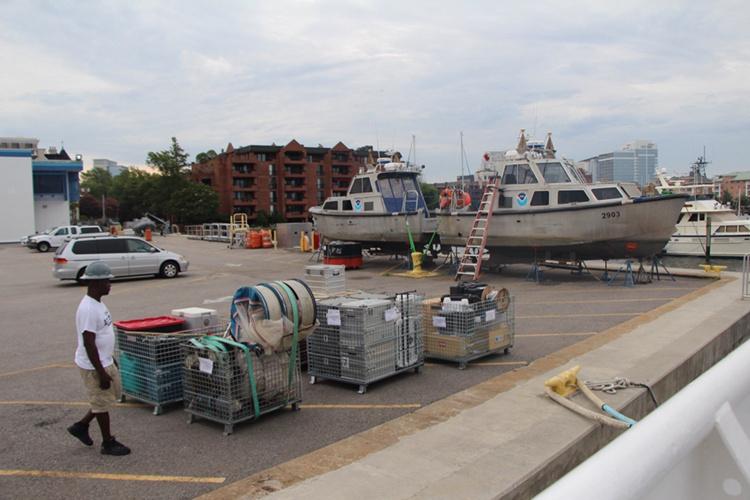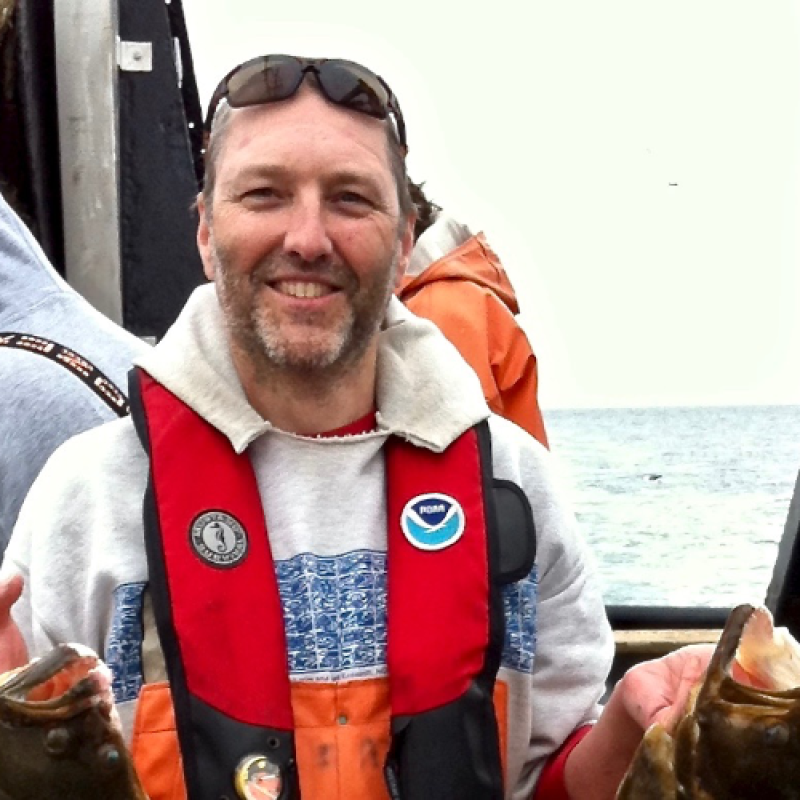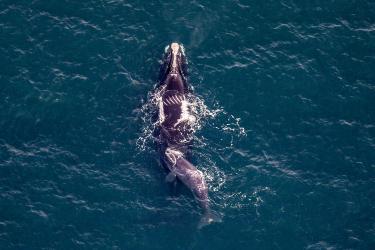Preparing for a cruise is much more complicated than it may sound. Each Ecosystem Monitoring (EcoMon) survey is a collaboration of researchers, internal to NOAA and from universities and other government agencies. When you are building the most comprehensive dataset of ocean hydrography, water chemistry, and plankton in the region, it’s all in the details.
The Summer EcoMon survey may leave the dock in August, but for the chief scientist and collaborators the survey began a long time ago.

Planning begins at least a year in advance to secure funding, permits, ship time, and personnel for the cruise. In the months prior to each survey, scientists acquire supplies and maintain equipment.
The EcoMon supply list is extensive, ranging from plankton nets and water sampling bottles to small waterproof notebooks and jars. And, since these cruises are often far from land, a complete set of materials to fix everything from nets to electronics needs to be brought along. Add a couple of collaborating projects, and the amount of stuff expands. We shipped 11 pallets of gear from Narragansett, Rhode Island, to Norfolk, Virginia, for this cruise!
Once we get to the ship, the researchers have to locate space for computers, special sensors that need a clear path to signals from satellites, and instruments that need access to flowing seawater. Equipment needs to be set up, often requiring running wiring, communication cables, and plumbing. Scientists at sea are sometimes also electricians, seamstresses, and computer programmers!
Harvey Walsh
Chief Scientist, GU19-02
Aboard the NOAA Ship Gordon Gunter




